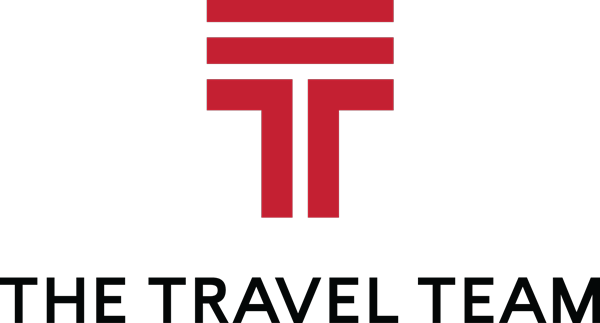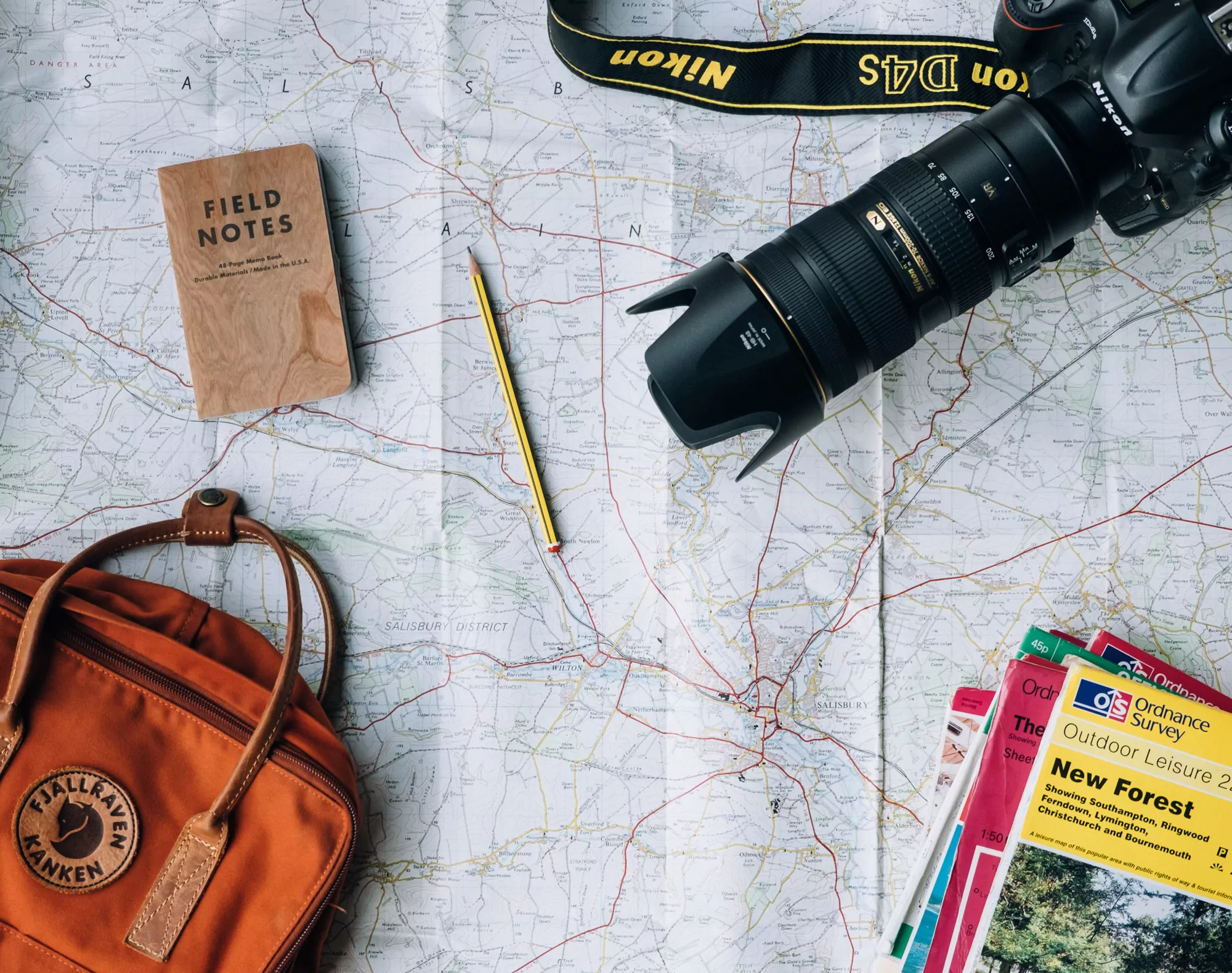A personalized travel itinerary is full of experiences that reflect your personality and your idea of a great vacation, with inspiration taken from your unique preferences, interests, and needs. This guide to personalized travel can be the first step to a perfect vacation itinerary crafted with the help of a travel expert or a complete overview of what you need to create one yourself, without missing out on essential travel details.
Exclusive Offers.
Sign up to receive personalized promotions and packages for your next vacation from trusted travel experts.
1. Define “Personal” in Personalized Travel
A well-crafted customized travel itinerary starts with a highly personalized plan designed to satisfy your specific travel wants and needs. And what’s “personal”? Well, that’s personal to you!
2. Set Your Travel Goals
Even if your ideal trip is about relaxation, you’ll want to put some thought into the priorities you have for travel and what you want to receive from it. Is it to immerse yourself in a new culture, try new activities, or slow things down with a flexible travel agenda that leaves room for spontaneity? If this question seems a little deep at this point in your travel planning process, you can’t go wrong simply asking yourself what you like.
Perhaps the biggest benefit of a highly personalized travel itinerary is that it contains only the best transportation, accommodations, and experiences at the top of your vacation wishlist.
3. Determine Your Travel Style
In addition to preferring a certain type of trip, every traveler has their own distinct travel style. Maybe you haven’t been on enough trips yet to know yours. Or, perhaps you’re a seasoned traveler who feels a custom itinerary will better suit your refined travel tastes.
No two travelers experience a destination the same way. The types of activities you engage in (i.e. a Hawaiian vacation by an avid golfer vs. a photographer using their camera lens to discover a destination) is a big part of how you interact with a location and are influenced by your travel style.
Travelers may build a personalized itinerary around these travel themes or styles:
Budget travel: These are travelers that prioritize cost-effectiveness and efficiency when traveling with experiences that deliver a high emotional return compared to their monetary cost.
Luxury travel: A luxury traveler is an individual who enjoys indulging in premium and high-end experiences, accommodations, services, and amenities. These are often accentuated with elements of comfort, exclusivity, and personalized service.
Slow travel: The emerging trend of slow travel centers on savoring the journey and immersing oneself deeply into local cultures while eschewing itineraries that seek superficial experiences over meaningful engagement with a destination.
Ecotourism: Eco-friendly travel encourages travelers to consider the environment and sustainability in their itinerary, without sacrificing personal fulfillment. They aim to make their itinerary socially responsible while emphasizing sustainable behaviors and activities while traveling.
Immersive travel: Immersive travelers explore destinations with itineraries that incorporate authentic experiences representative of a location’s people, culture, and traditions. They will often seek off-the-beaten-path food, entertainment, and sightseeing experiences, opting for what’s local and less well-known over what’s trendy.
Adventurous travel: Adventure travelers find fun in new thrills, seeking adrenaline rushes by pushing beyond their comfort zones. What counts as adventure is in the heart of the traveler and therefore available to anyone who wants to break boundaries and discover new strengths.
Comfort zone travel: The setting changes but the activities do not, and there’s nothing wrong with that! Spending time with family, relaxing poolside, and enjoying a round of golf are great anywhere.
Novelty travel: This individual enjoys a condensed itinerary of activities and sites to make the most of their vacation time. These individuals are likely to benefit from a customized itinerary that includes the full range of fun a destination and its attractions offer.
5a. Choose a Destination
Destinations are about more than just geographic location. A destination is represented in its character, history, citizens, and intangibles like overall ambiance or atmosphere. Start by choosing what time of year you want to visit a destination during your personalized trip, then consider seasonality, weather, and any seasonal events. Consider whether a location has any travel advisories or considerations you should be aware of both generally and specific to the time of year.
5b. Choose a Type of Personalized Trip
The root of personalization is personal, as in, personality. Your personality goes a long way in determining the right type—or theme—of personalized vacation itinerary for you.
Here are common types of trips, each offering different perks and shortcomings based on your travel style and personality.
- International
- Urban
- Beach/Resort
- Outdoor
- Cruise
- Road trip
- Historical
- Sightseeing
- Camping
- Self-discovery
- Sports and other events
- Micro vacation
6. Set a Budget
There are a number of ways to approach creating a budget that range from a loose set of guidelines to tight control of your spending. Start by categorizing expenses to get a clear breakdown of how vacation funds will be used. Even if your budget is flexible, understanding the factors that drive the overall cost of your trip can help you be more spontaneous and enjoy an upgrade or two without worrying about cost.
Travel is supposed to be fun but it can also be complicated, especially when vacationing overseas. Crossing borders, completing documents, and choosing travel routes (and their modes of transportation) can cause costs to vary a lot.
Here are some line items you should include in your personalized travel budget:
- Transportation (to and from the destination)
- Transportation (locally)
- Accommodations
- Activities
- Communication
- Shopping (both before and during your trip)
- Travel gear and equipment specific to the destination or activity, such as renting skis or a beach umbrella
- Parking
- Health insurance
- Travel insurance
- Taxes and fees
- Miscellaneous
- Emergencies (health or otherwise)
This list provides a great framework but may not tell the whole story of your travel budget. Consider whether certain expenses, such as short-term home rentals or cellular service charges for calls made abroad make your trip cost prohibitive. You may also want to consider what your budget looks like on a per-day basis as well as estimate the total expense for a clear budget picture.
7. Determine Trip Length
While budget can have a big impact on the length of your trip, there is something to be said for efficiency. More isn’t necessarily better when spending time away from home. Five days, for instance, can provide more happiness than seven when planned properly.
The overall structure of a vacation can change quite a bit when you add or subtract just one or two days. For instance, cruise companies design experiences that last anywhere from three days to two weeks, containing a different range of onshore excursions and offshore activities depending on the trip length.


